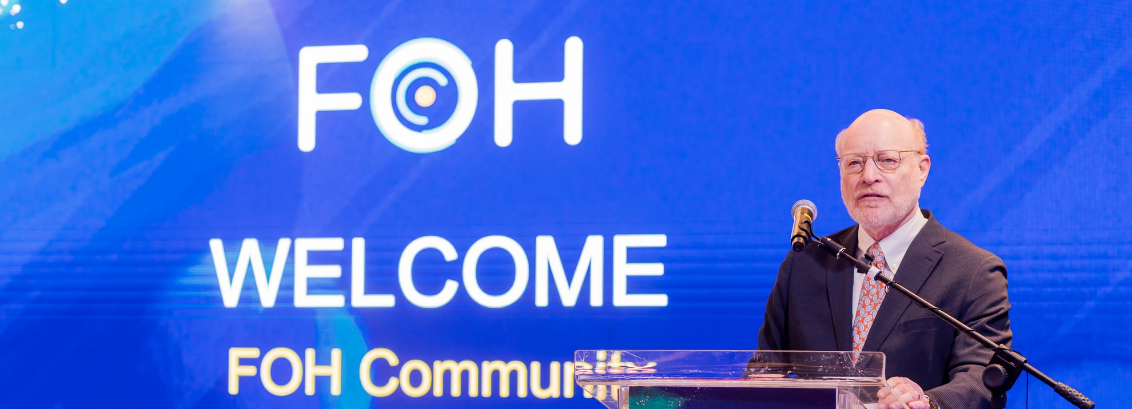The Future of Health (FOH) Community, established in 2018 by Sheba and the Federation of American Hospitals (FAH), is an international coalition of hospital executives, policymakers, academics, and senior-level health sector leaders that share challenges, facilitate progress, influence global policy, and redesign the future of health through a shared vision.
Growing Healthcare Workforce Crisis
With healthcare systems across the globe under increasing pressure, workforce shortages have become common, and are only expected to get even worse. Recognizing this issue as a key global threat, the FOH executive committee has decided to analyze causes and map strategies for potential solutions.
In a paper published recently in the New England Journal of Medicine, following five months of literature review and extensive discussions, five key FOH stakeholders examined the growing healthcare workforce crisis and explored the potential solutions offered by innovation.
The examination revealed that healthcare workforce planning faces multiple challenges, with job vacancies of specialized nursing personnel, for example, increasing by as much as 30% between 2019 and 2020. Further exacerbating the problem, insufficient resources for medical training, a poor work-life balance, and inefficiencies in the use of physicians all lead to increased burnout.
Another challenge has been growing and aging populations across industrialized countries, the corresponding increase in disease burden, and a parallel aging physician workforce nearing the traditional retirement age.
Top 5 Priorities for the Healthcare Workforce
Taking these issues into consideration, with an emphasis on healthcare technology and care delivery teams, FOH members identified the top five priorities for the healthcare workforce of the future:
1. Embracing change
2. Understanding and addressing workplace dissatisfiers
3. Ensuring vertical commitment within healthcare organizations
4. Establishing clear and committed leadership
5. Educating the healthcare workforce to thrive with the tools and care delivery models of the future
Among the central themes around which consensus emerged was technology’s potential to increase healthcare workforce efficiencies. In particular, it was agreed that machine learning and artificial intelligence (AI) could greatly benefit clinical and management processes, including the optimization of scheduling, alleviating drivers of burnout (by eliminating repetitive and administrative tasks), and allowing staff to better focus on areas where human involvement and interaction are essential. Working to ensure optimal skill/task alignment, there should be an increased focus on teamwork and smooth functioning teams.
While the introduction of new technologies is expected to play a key part in solving many of the problems we face today, it is also likely to produce some challenging consequences, including a clash with outdated regulations, provider resistance and reluctance to change, as well as the feared loss of empathy in patient care.
Embracing technologies and leveraging innovative and disruptive trends will be essential to ensure the sustainability of healthcare. The sector must lean into the future, but this will require leadership, collaboration, and a clear vision, which the FOH Community is willing and able to provide.





